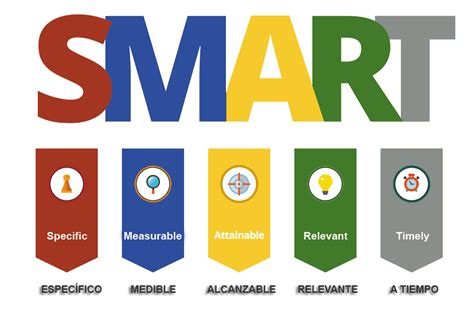Battling desk fatigue? What ergonomic gear elevates comfort & focus?
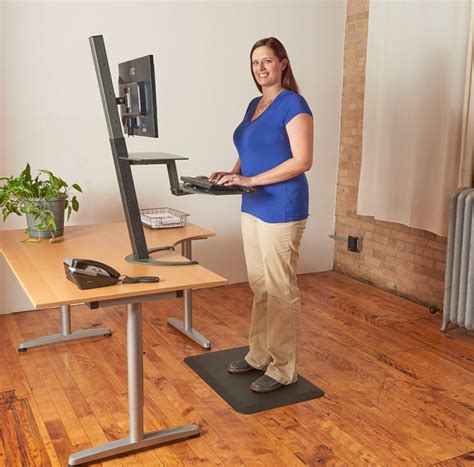
In today’s demanding work environment, many professionals find themselves spending hours glued to their desks. While dedication is admirable, prolonged static postures and repetitive motions can lead to a host of issues, from back pain and eye strain to carpal tunnel syndrome and a general slump in energy and focus. This phenomenon, often dubbed ‘desk fatigue,’ isn’t just an inconvenience; it can significantly impact productivity, mood, and long-term health. The good news? You don’t have to suffer in silence. Strategic investment in ergonomic gear can transform your workspace into a haven of comfort and a hub of efficiency.
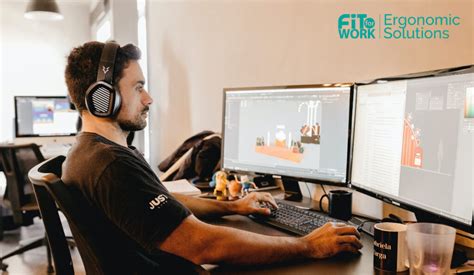
The Foundation of Comfort: Ergonomic Chairs
An ergonomic office chair is arguably the cornerstone of a healthy workstation. Unlike conventional chairs, ergonomic models are designed to support the natural curve of your spine, promote proper posture, and distribute your body weight evenly. Key features to look for include adjustable lumbar support, seat height and depth adjustment, armrests that allow your shoulders to relax, and a breathable material to keep you comfortable throughout the day.
Investing in a high-quality ergonomic chair can mitigate back pain, improve circulation, and reduce the strain on your neck and shoulders, allowing you to maintain focus on your tasks rather than on discomfort.

Breaking the Static: Standing Desks
The adage ‘sitting is the new smoking’ highlights the detrimental effects of prolonged sitting. A standing desk, or a sit-stand converter, allows you to alternate between sitting and standing throughout your workday. This dynamic approach helps improve circulation, burn more calories, reduce back pain, and even boost energy levels. Many users report enhanced alertness and focus when incorporating standing intervals into their routine.
When choosing a standing desk, consider features like electric height adjustment for smooth transitions, memory presets for preferred heights, and ample surface area for your equipment. Even standing for just 15-30 minutes every hour can make a significant difference.
Optimizing Your View: Monitor Arms
Poor monitor placement is a common culprit for neck and eye strain. A monitor arm allows you to precisely position your screen at the ideal height and distance – typically, the top of your monitor should be at eye level, and it should be an arm’s length away. This adjustment capability prevents you from craning your neck forward or slouching, which can lead to chronic pain and fatigue.
Monitor arms also free up valuable desk space, creating a cleaner and more organized workstation. Whether you use a single monitor or multiple screens, an adjustable arm can significantly enhance your visual comfort and ergonomic alignment.

Harmonizing Hands: Ergonomic Keyboards & Mice
Repetitive strain injuries (RSIs) like carpal tunnel syndrome are prevalent among desk workers. Ergonomic keyboards and mice are designed to minimize wrist pronation and deviation, keeping your hands and wrists in a more natural, relaxed position. Ergonomic keyboards often feature split designs, curved layouts, or cushioned wrist rests. Ergonomic mice might be vertically oriented or trackball-based, reducing the need for constant wrist movement.
While they might take some getting used to, these tools are invaluable for preventing pain, numbness, and tingling in your hands and wrists, allowing for sustained, comfortable input without interruption.
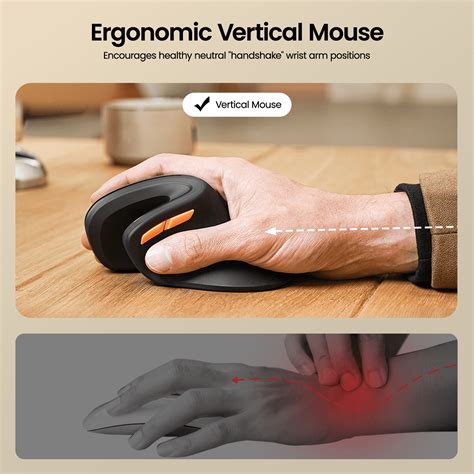
The Finishing Touches: Footrests & Accessories
Don’t underestimate the power of smaller ergonomic accessories. An ergonomic footrest, for example, can improve posture, relieve pressure on your lower back, and promote better circulation, especially if your feet don’t sit flat on the floor while seated. Adjustable footrests allow you to find the perfect angle and height for optimal comfort.
Other beneficial accessories include wrist rests for keyboards and mice (though some ergonomic designs negate the need), specialized lighting to reduce eye strain, and anti-fatigue mats for use with standing desks. These small additions collectively contribute to a more holistic ergonomic setup.
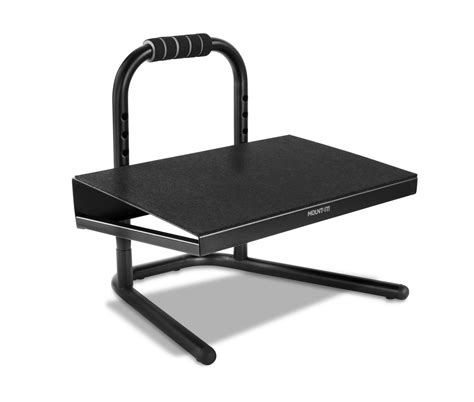
Beyond Gear: Cultivating an Ergonomic Mindset
While ergonomic gear is paramount, it’s essential to remember that it’s part of a larger strategy. Regularly taking short breaks, stretching, performing eye exercises, and ensuring proper lighting in your workspace are equally important. Even the most advanced ergonomic chair won’t fully protect you if you sit rigidly for eight hours straight.
Investing in ergonomic gear is an investment in your health, productivity, and overall quality of life. By addressing desk fatigue head-on with thoughtful equipment choices, you can create a workspace that not only supports your body but also empowers your mind to focus and thrive.







